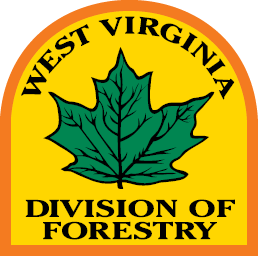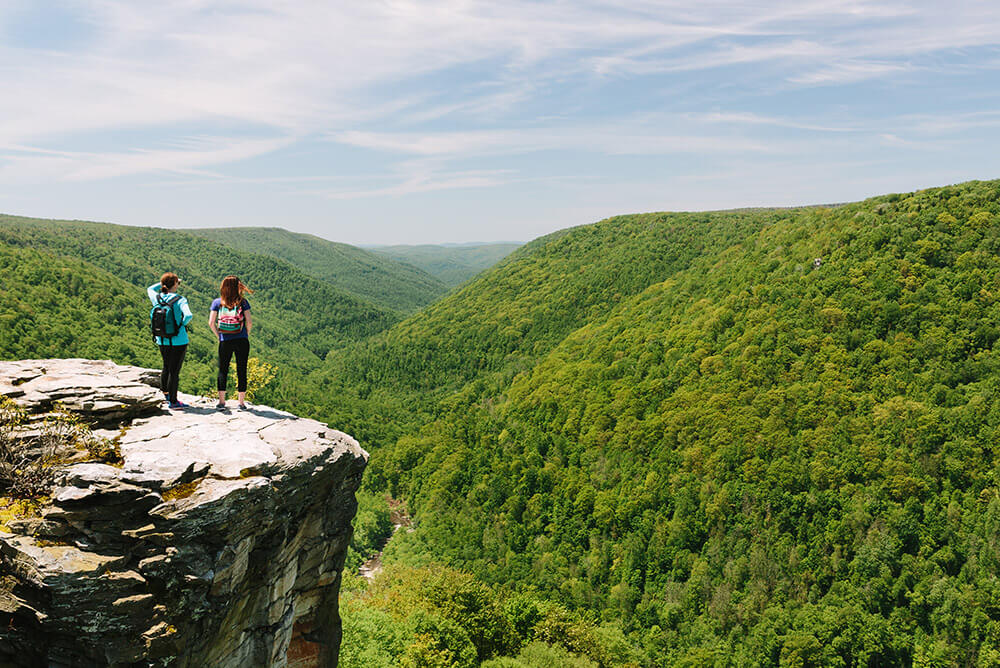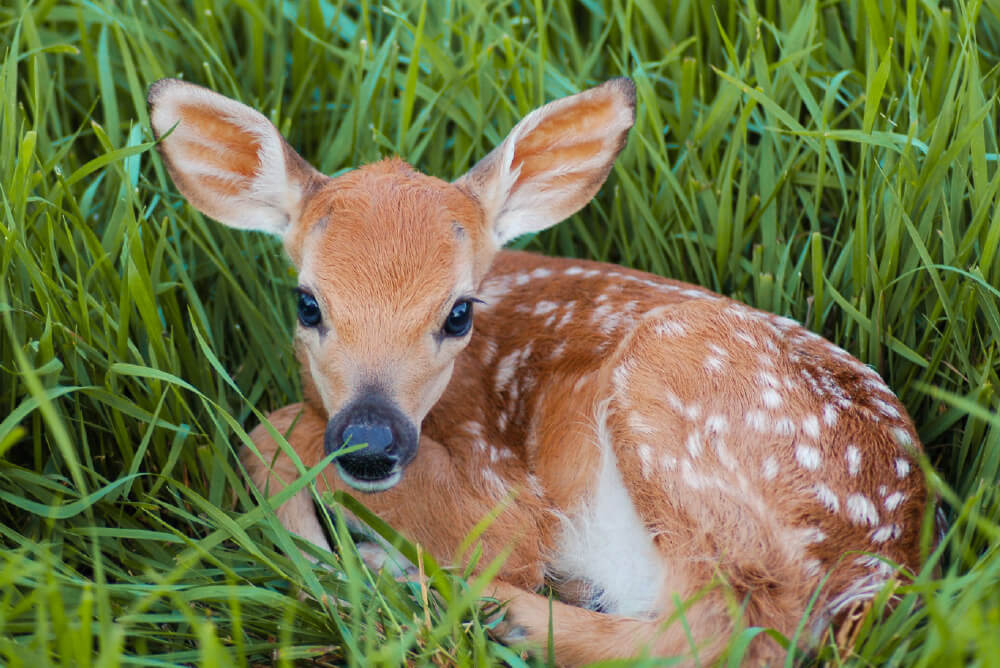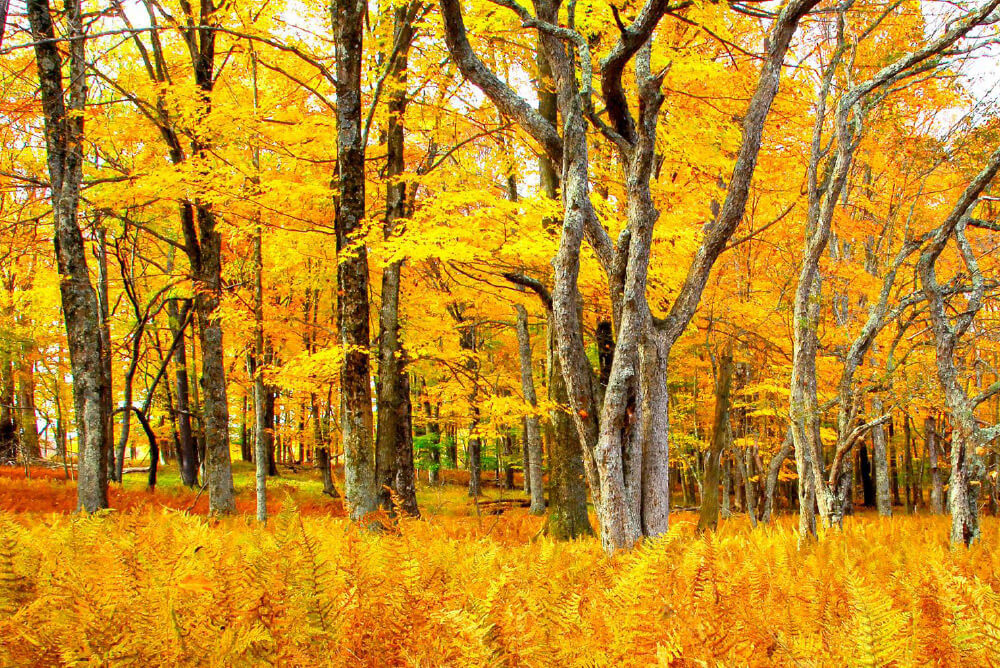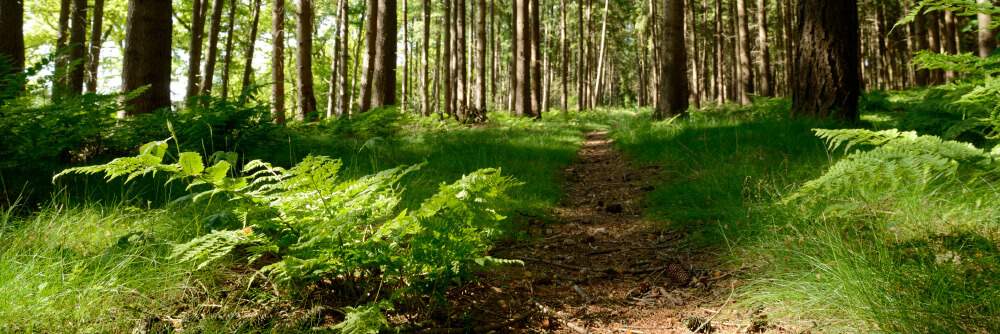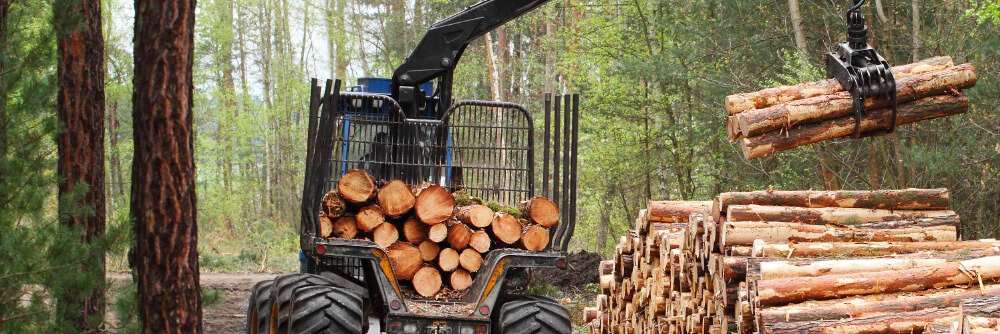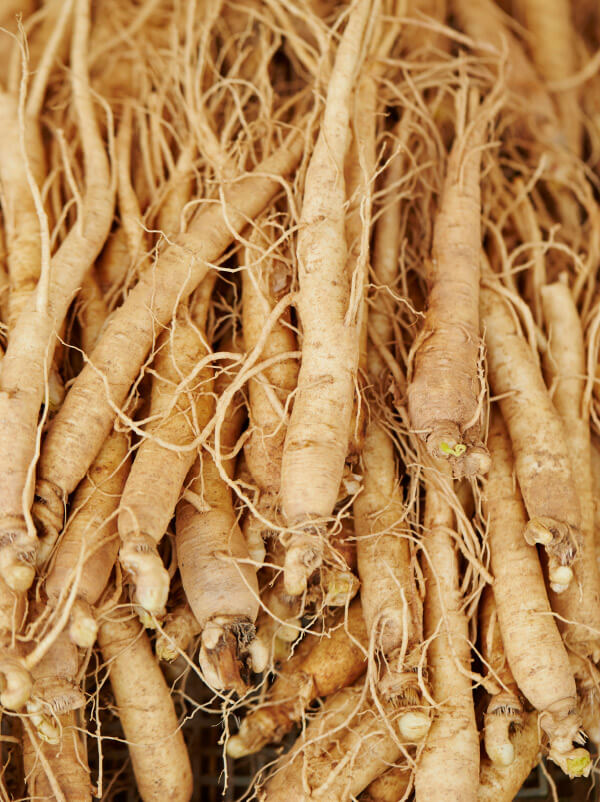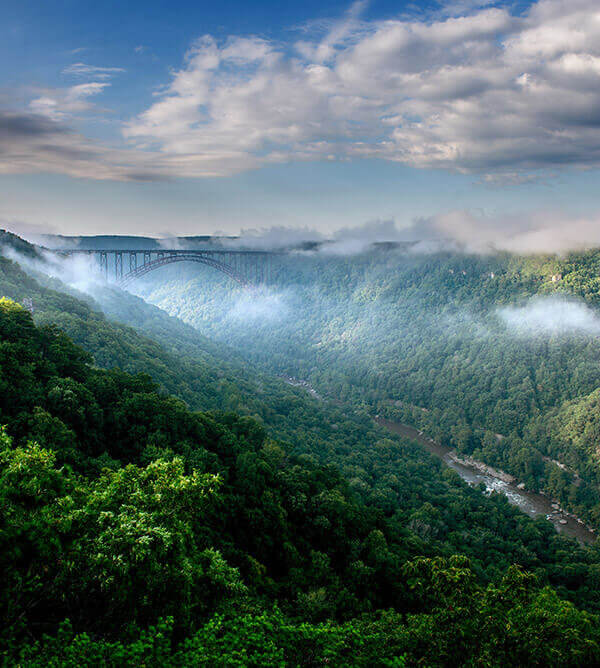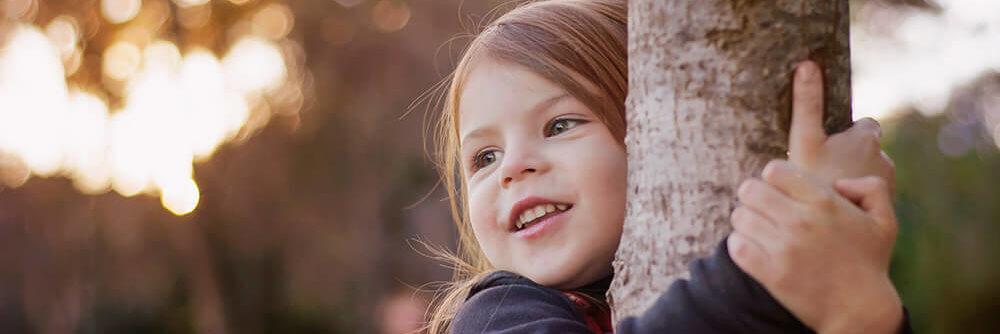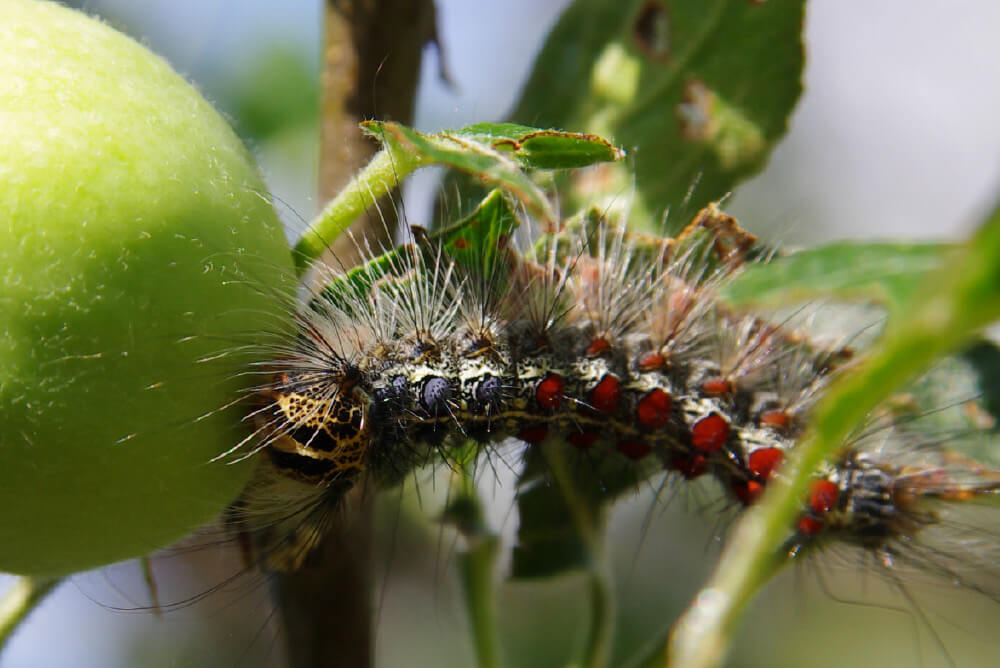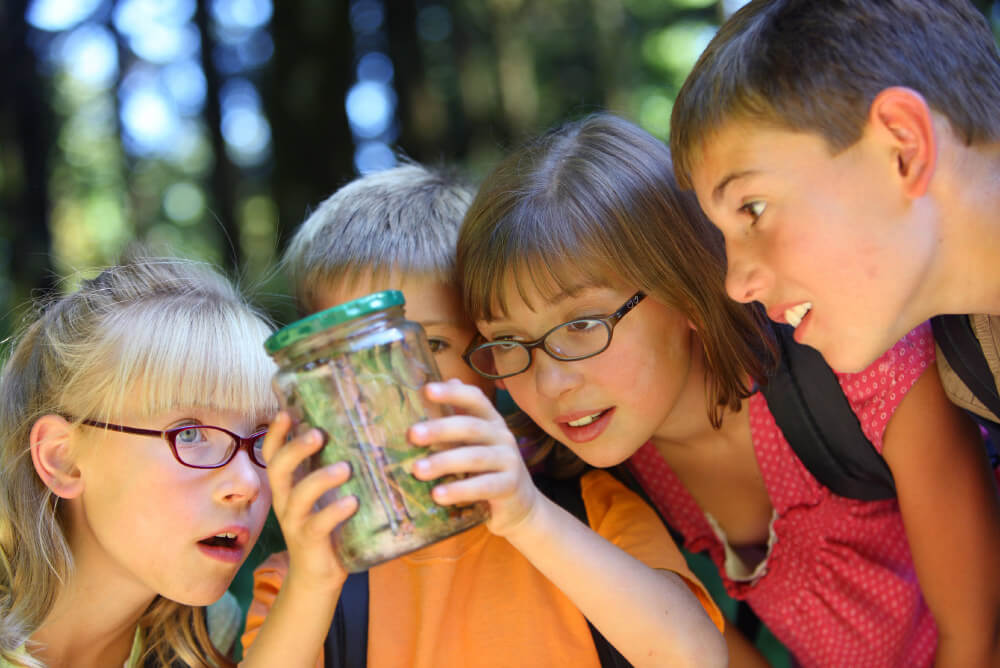Cabwaylingo State Forest derives its name from the counties it is intended to serve: Cabell, Wayne, Lincoln and Mingo. Land for the forest, totaling 6,196 acres, was purchased in 1933. Since that time, additional purchases have been made which make the forest’s present size 8,150 acres. The area of Cabwaylingo State Forest is not contiguous. There are several inside holdings.
In July 1935, the Civilian Conservation Corps (CCC) set up a camp just across the Wayne County line, in Mingo County at the mouth of Poor Branch of Twelvepole Creek. This was known as Camp Twelvepole (or Aracoma). The young men of this CCC company worked on fire control, forest stand improvement, recreation development, wildlife feeding, surveys and stream improvement to benefit the forest and the surrounding area.
Most of the land purchased to create Cabwaylingo State Forest was made up of small farms. One such farm was the homestead of Jennie Wiley, a brave pioneer woman who survived capture by Native Americans. Once the Wiley homestead was added to Cabwaylingo State Forest it was allowed to revert back into woodland. Due to the land’s history of farming, Cabwaylingo State Forest is a mosaic of trees in different stages of maturity.
Cabwaylingo State Forest has experienced many destructive forest fires, due in large part to arson, debris burning and moon-shining.Because of the severity of many of the forest fires, parts of the forest were set back hundreds of years in developing to maturity.
Two early timber harvests were conducted using the multiple-use forest management approach to prepare the forest for sustained management. One was conducted at Turkey Creek in 1956, while the other harvest was made in Gourd Branch in 1960. Seven harvests were conducted under the management plan developed in 1970 beginning in the early 1980s in the form of improvement cuts. These harvests ranged from 50 to 330 acres in size with volumes removed averaging just under 4,000 board feet per acre. These timber harvests not only improved the remaining timber by removing fire- and storm-damaged trees but they also improved wildlife habitat, while providing hiking and other recreational opportunities in the forest. Today, these areas are now fully stocked with mature trees. Cabwaylingo State Forest serves as a testament to proper forest management revitalizing a fire-damaged forest.
